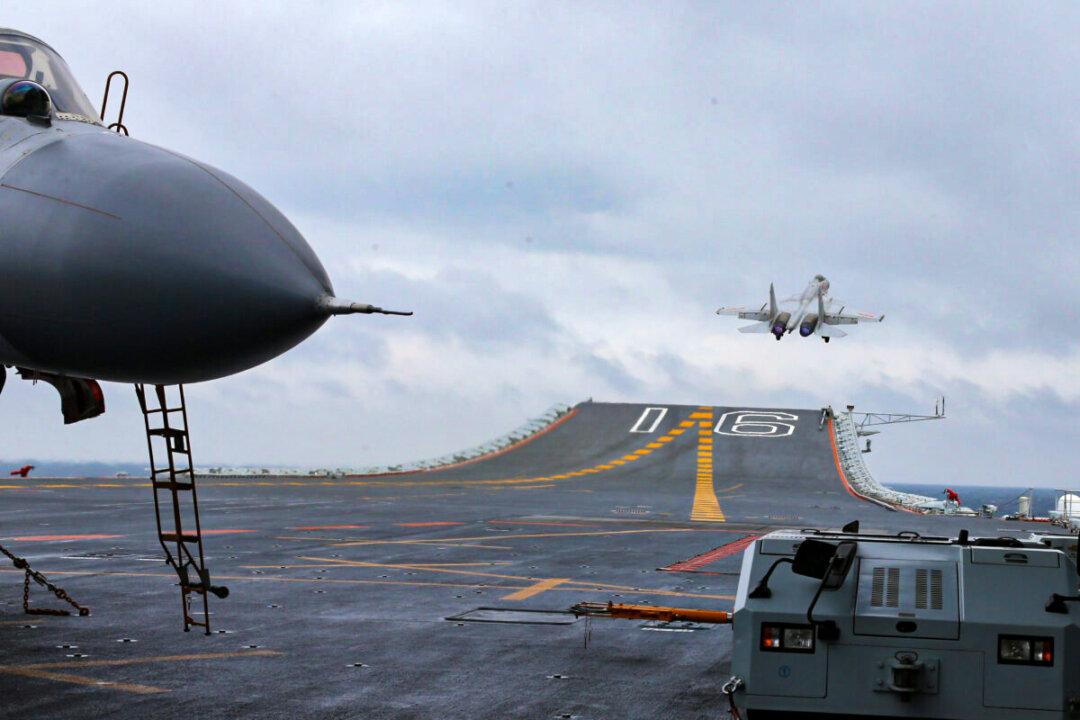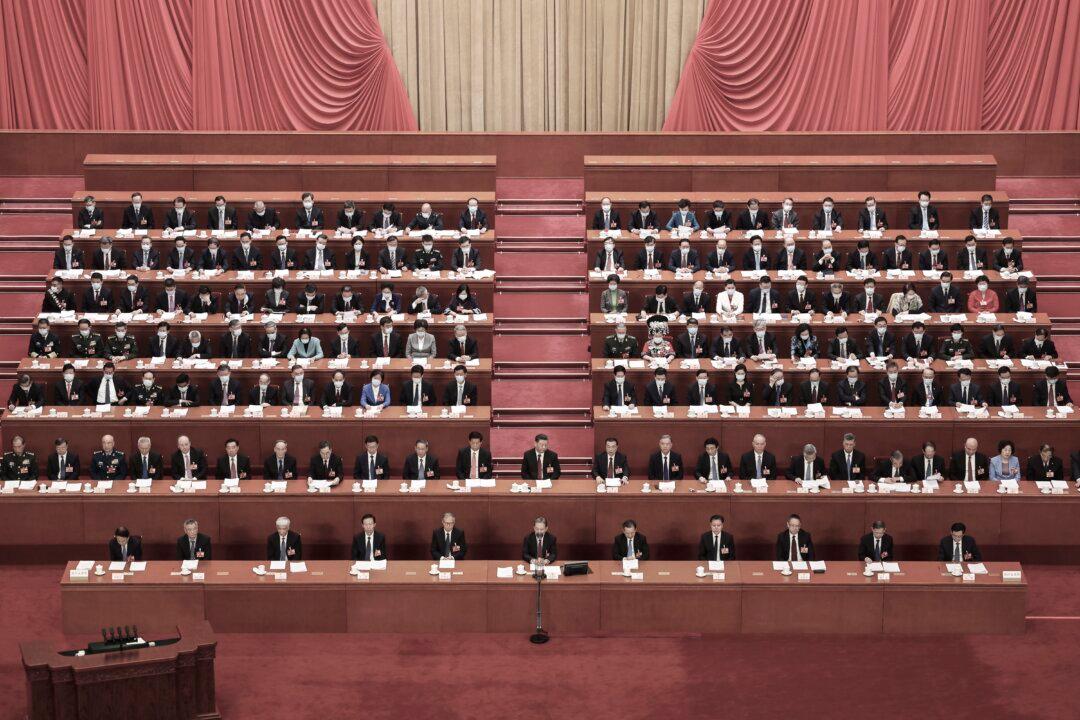The Chinese Communist Party (CCP) has been transferring its navy’s aviation units to the air force since the beginning of 2023, according to a report from the China Aerospace Studies Institute (CASI), a think tank affiliated with the U.S. Air Force.
“By mid-2023, the PLA transferred the majority of PLAN [People’s Liberation Army Navy] fighter, bomber, radar, air defense, and airfield units to the PLA Air Force (PLAAF),” the report said.




